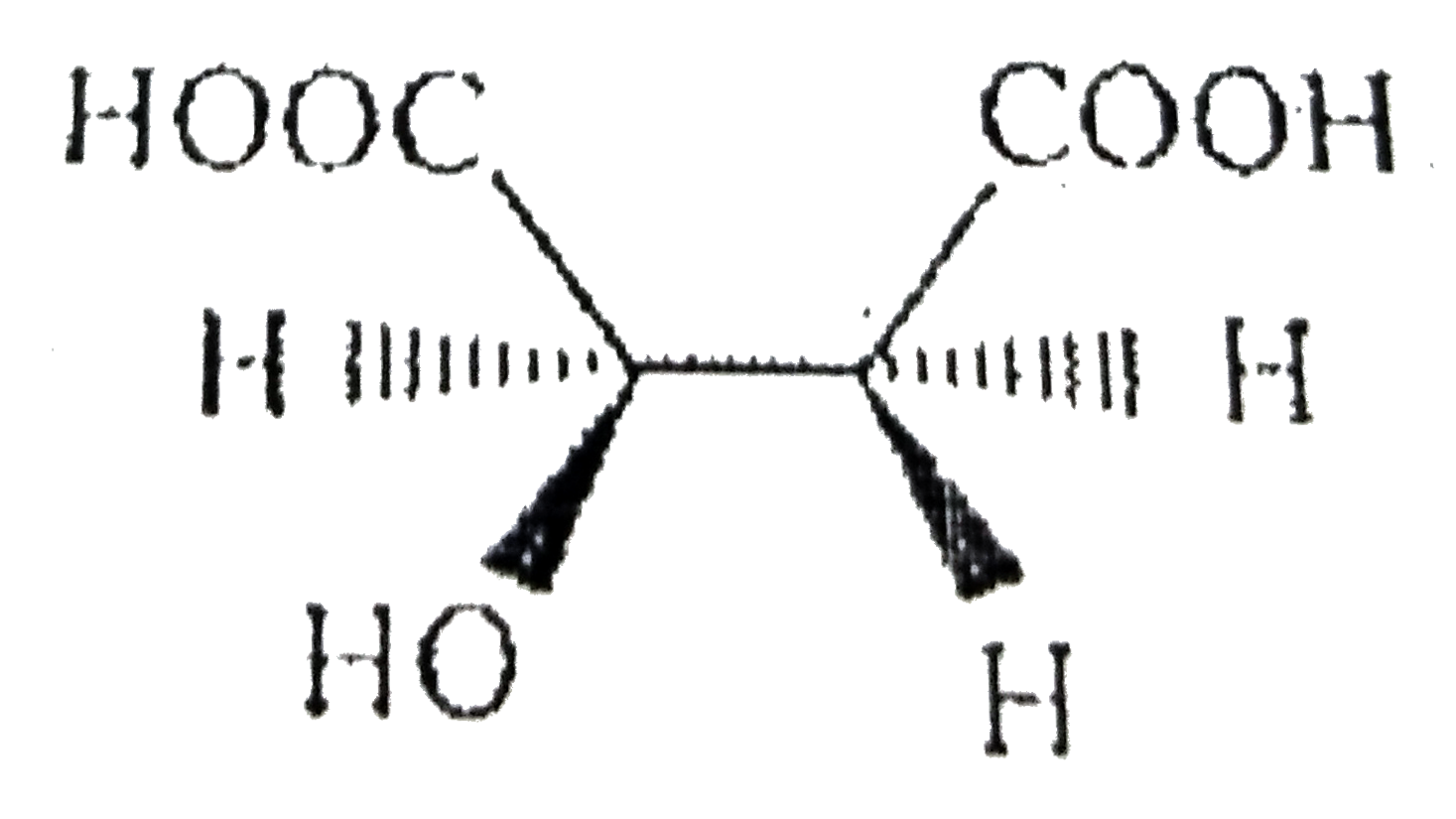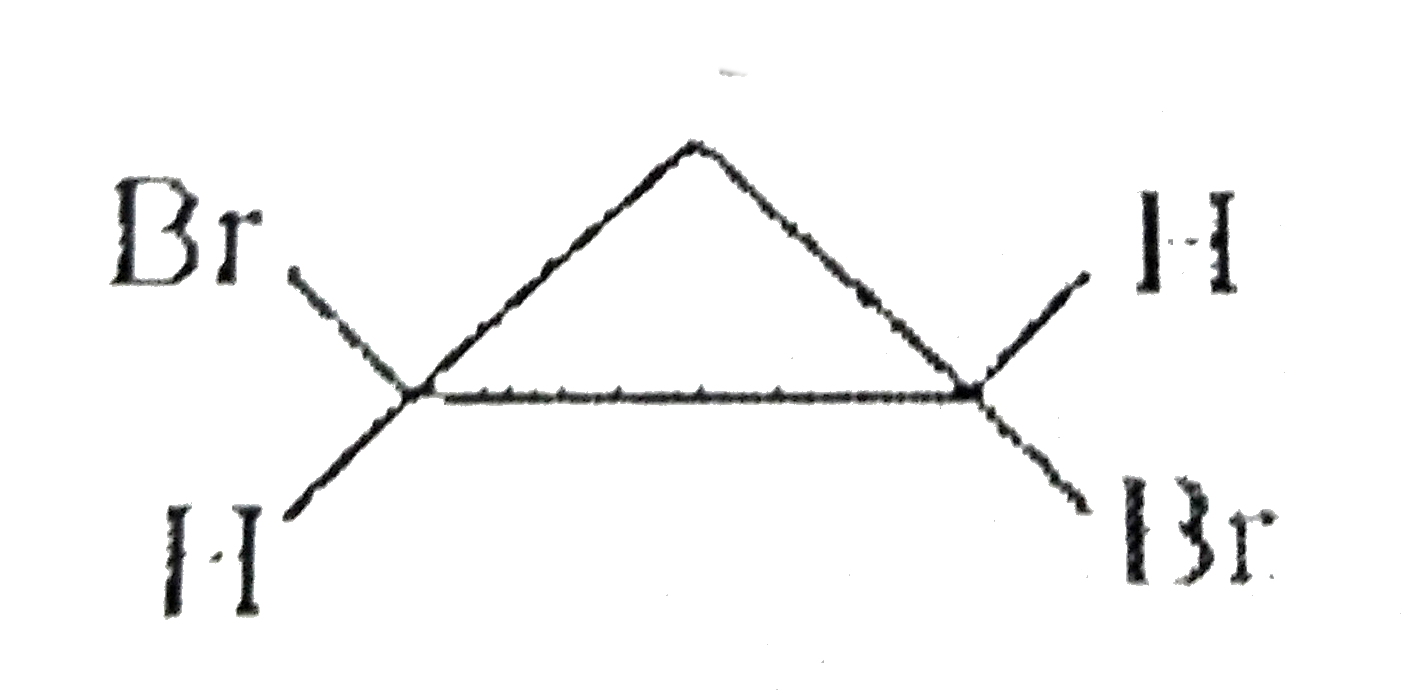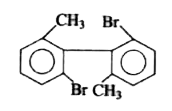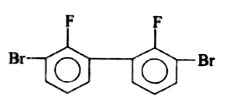Which of the following molecules will not show optical activity ?

H3C−CH∣OH−CD


The correct Answer is:C
To determine which of the given molecules will not show optical activity, we need to identify achiral compounds. Optical activity is a property of chiral molecules, which have non-superimposable mirror images. Achiral molecules, on the other hand, have a plane of symmetry and do not exhibit optical activity.
1. Understand Optical Activity:
- Optical activity is exhibited by chiral molecules that lack a plane of symmetry. Chiral centers typically have four different substituents attached to them.
2. Identify Chiral Centers:
- Examine each molecule to identify any chiral centers. A carbon atom is considered chiral if it is bonded to four different groups.
3. Analyze Each Structure:
- For the first structure, if we have a carbon with groups COOH, H, OH, and another COOH, it has four different substituents. Thus, it is chiral and will show optical activity.
- For the second structure, if we have a carbon with groups H3C, CH, CD, and OH, again, it has four different substituents, making it chiral and optically active.
- For the third structure, if we have CH3, H, OH, H, and CH3, we can see that there is a plane of symmetry. This indicates that it is a meso compound, which is achiral and will not show optical activity.
4. Conclusion:
- After analyzing the structures, we conclude that the third structure is the achiral compound that will not exhibit optical activity.
Final Answer:
- The molecule that will not show optical activity is option C (the third structure).
- Optical activity is exhibited by chiral molecules that lack a plane of symmetry. Chiral centers typically have four different substituents attached to them.
- Examine each molecule to identify any chiral centers. A carbon atom is considered chiral if it is bonded to four different groups.
- For the first structure, if we have a carbon with groups COOH, H, OH, and another COOH, it has four different substituents. Thus, it is chiral and will show optical activity.
- For the second structure, if we have a carbon with groups H3C, CH, CD, and OH, again, it has four different substituents, making it chiral and optically active.
- After analyzing the structures, we conclude that the third structure is the achiral compound that will not exhibit optical activity.
- The molecule that will not show optical activity is option C (the third structure).
Similar Questions
Knowledge Check
Which of the following will not show optical isomerism ?
ACl−CH=C=CH−ClBBr−CH=C=CH−BrC D
D
Which of the following will show optical activity ?

(E) 50/50 mixture of C and DAA, D and EBA and E onlyCB, C and DDAll except CWhich of the following compounds will be optically active?
A B
B C
C D
D
Which of the following does not show optical activity ?
View SolutionWhich of the following molecules(s)is/are not showing optical isomerism ? .
View SolutionWhich of the following does not show optical isomerism?
View SolutionWhich of the following does not show optical isomerism ?
View SolutionWhich of the following compound will show optical isomerism
View Solution
